Siloed teams and complex contractual structures hinder building renovations. Laura Rehlen explores how technology – such as reality capture and seamless data sharing – enhances collaboration, reduces errors, and streamlines projects

Siloed teams across the construction industry are impacting how successful a building renovation has the potential to be. Many different parts are involved in a building project – from architecture to engineering and construction – which can lead to challenges over who has visibility of which data at what time.
This is especially difficult given that it is a complex task and missing even the smallest piece of information can lead to time and financial implications.
Building projects involve multiple stakeholders, each with competing priorities and offering different services. Often, the contractual relationships become complex.
There are many different types of contracts across the industry, depending on the project’s scope, schedule and budget. While design-build contracts are available, the most common is when the owner of a project subcontracts every service to another company, which leads to each stakeholder operating under an independent contract. If choosing this route, each contract is subject to a different set of requirements and agreements, so it can become challenging to collaborate if project teams are working from different applications or cannot decide which shared tools to use.
Independent contracts also mean every stakeholder has a different level of visibility over the project, which can impede everyone’s ability to play their role successfully. For example, suppose the engineering team does not have oversight on changes the architecture team is making to the building’s dimensions. In that case, it will make it difficult for contractors to procure the right materials according to the engineering specifications.
This miscommunication can cause problems such as clashes between the plans of different disciplines. Issues in the design phase will cause a ripple effect of problems in the construction phase because it won’t be possible to build. Still, these challenges can be overcome with some of the best practices and technologies the industry has at its disposal, which are integral to a successful construction project.
Renovating a building starts with an analysis of the existing structure based on up-to-date information. However, without the right tools, any analysis developed of a site will be incomplete, making it more likely for mistakes to occur along the construction process.
When integrated effectively into the construction process, reality capture technology and easy access to spatial data can catalyse collaboration.
Missing even the smallest piece of information can lead to time and financial implications
Laser scanning is key here – and dynamic capture technology, such as wearable or handheld mappers, can be particularly beneficial when accurate yet fast or frequent capture is needed. This technology allows any operator to map the different structures of an entire site at unprecedented speed, with the goal of sharing the resulting 3D data and images (from which dimensions can be extracted) with stakeholders across the project. Besides the ease of capture, the way this information is processed and shared can also make a difference between everyone having access to the same precise, readable data simultaneously.
When technology allows for the simple sharing of a URL instead of sending heavy, hard-to-read files, anyone involved in the building process can readily access and view the as-is status, geometry, and best routing, along with panoramic images. Crucially, they can do this instead of visiting the site to ensure they have the information they need to collaborate effectively with other stakeholders, thus avoiding laborious visit coordination. There are endless advantages that this ease of sharing brings.
Working together effectively carries on long after the project is finished. Ensuring stakeholders have visibility over information about a building after the initial construction phase is complete is vital to its longevity. Once a building is completed, rescanning can ensure documentation is routinely updated through remotely inspecting locations to analyse safety compliance, such as fire escapes and current site conditions. This is important due to the ongoing need for access to current and accurate information about a building throughout its lifecycle - from completion through to the maintenance and renovation phases.
Executing a renovation project can be particularly complex to navigate. Many specialists will simultaneously work on a renovation project, all needing access to up-to-date information about the site. If unaided by the latest collaborative technologies, these processes can impede the smooth execution of renovation tasks. Reality capture technology offers a solution – creating an accurate scan of a site and enabling information access for anyone from anywhere at any time.
The solution provides stakeholders with up-to-date, accurate data to ensure everyone across the building renovation process can work collaboratively and effectively.
Laura Rehlen is senior industry strategist (AEC & BIM) at NavVis


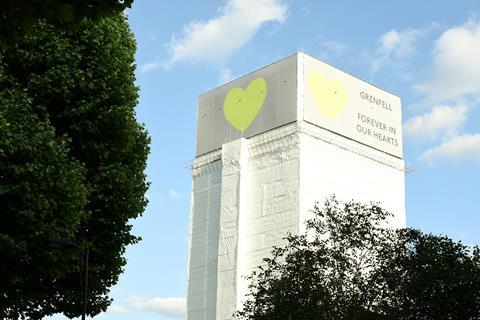
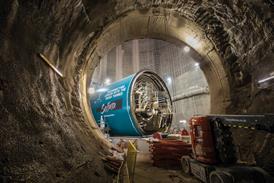
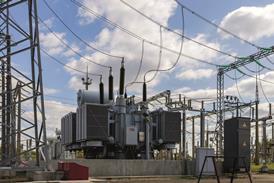










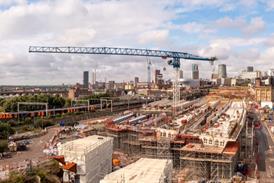
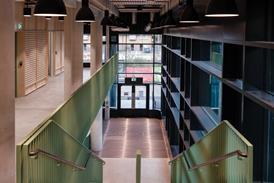

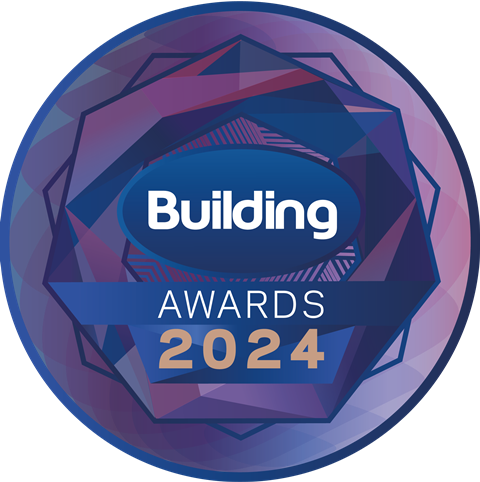









No comments yet